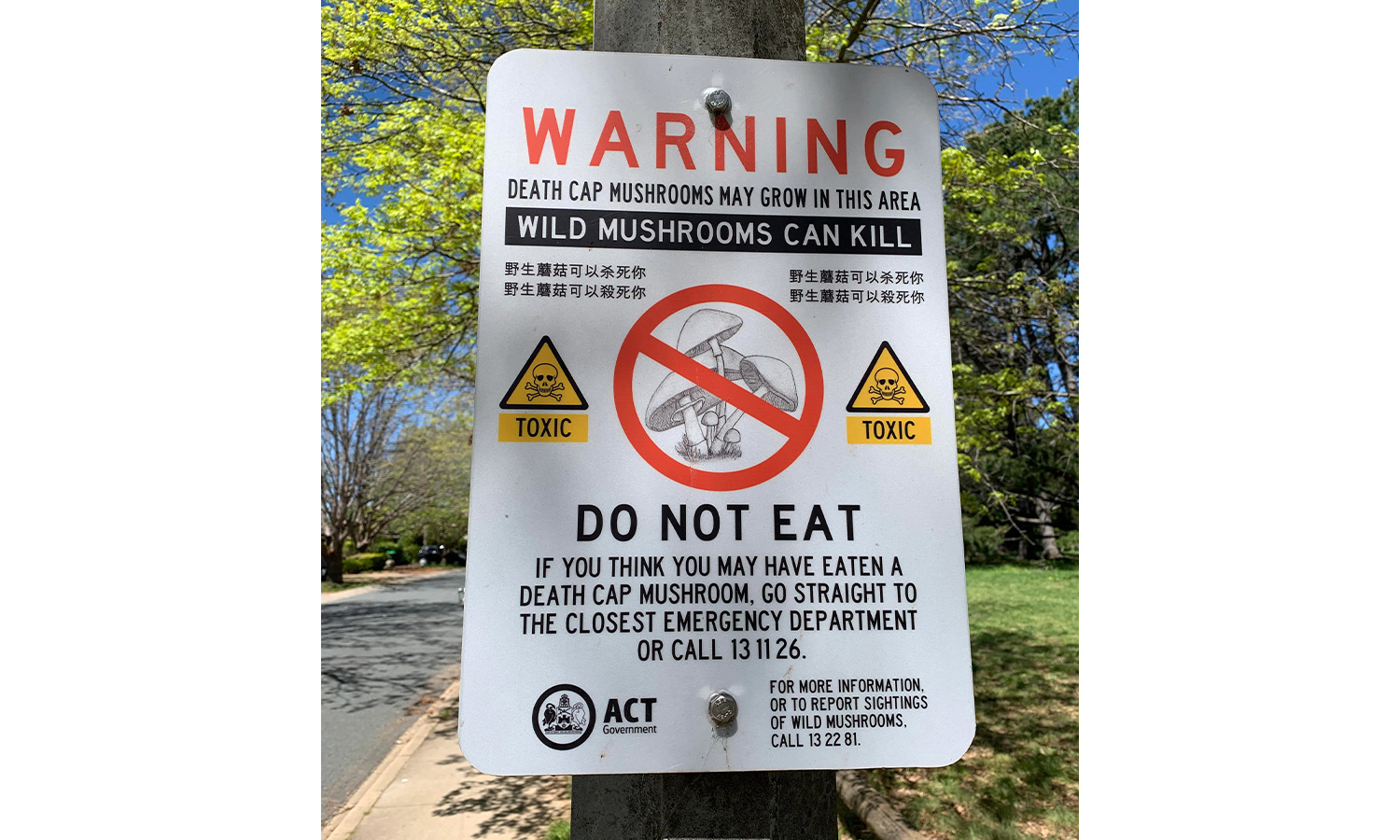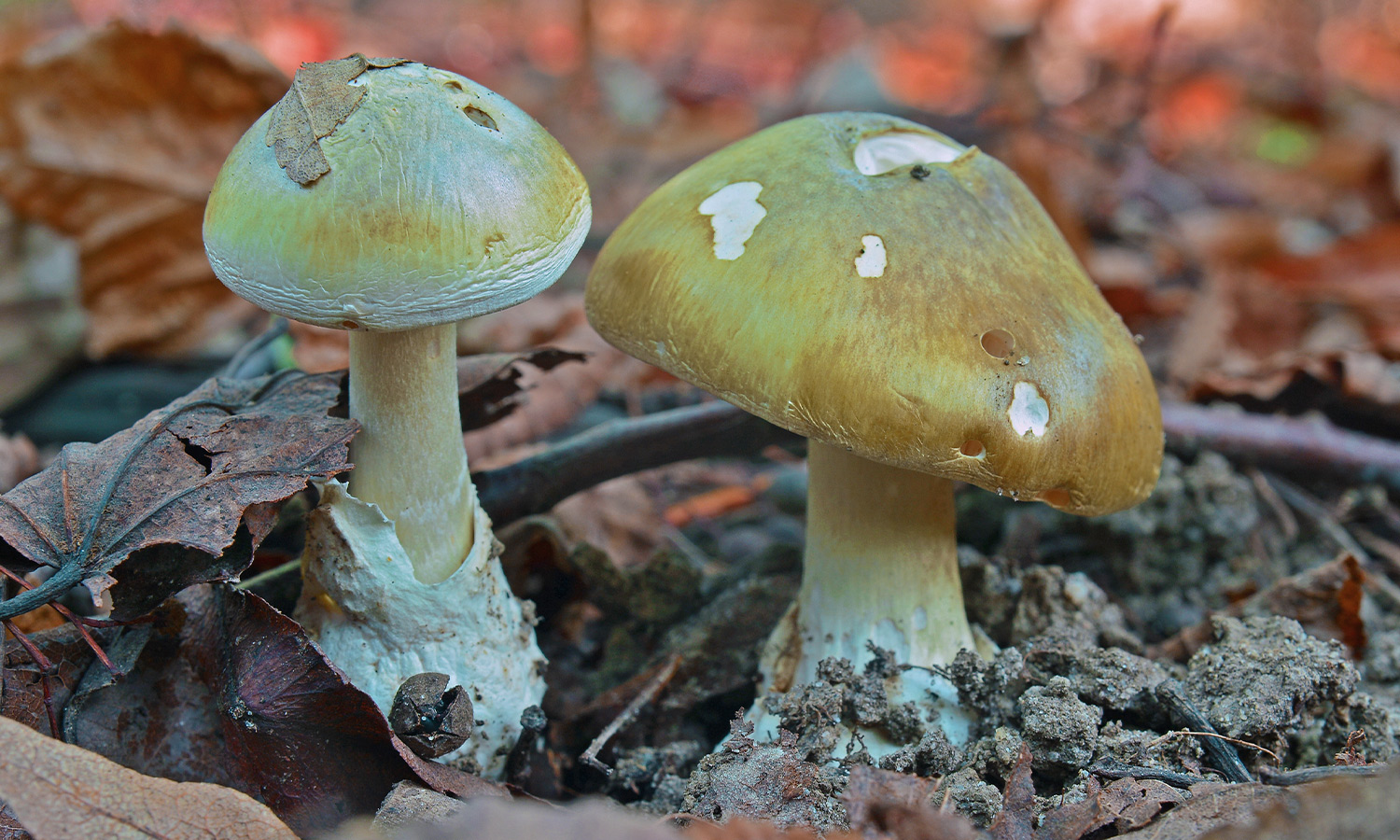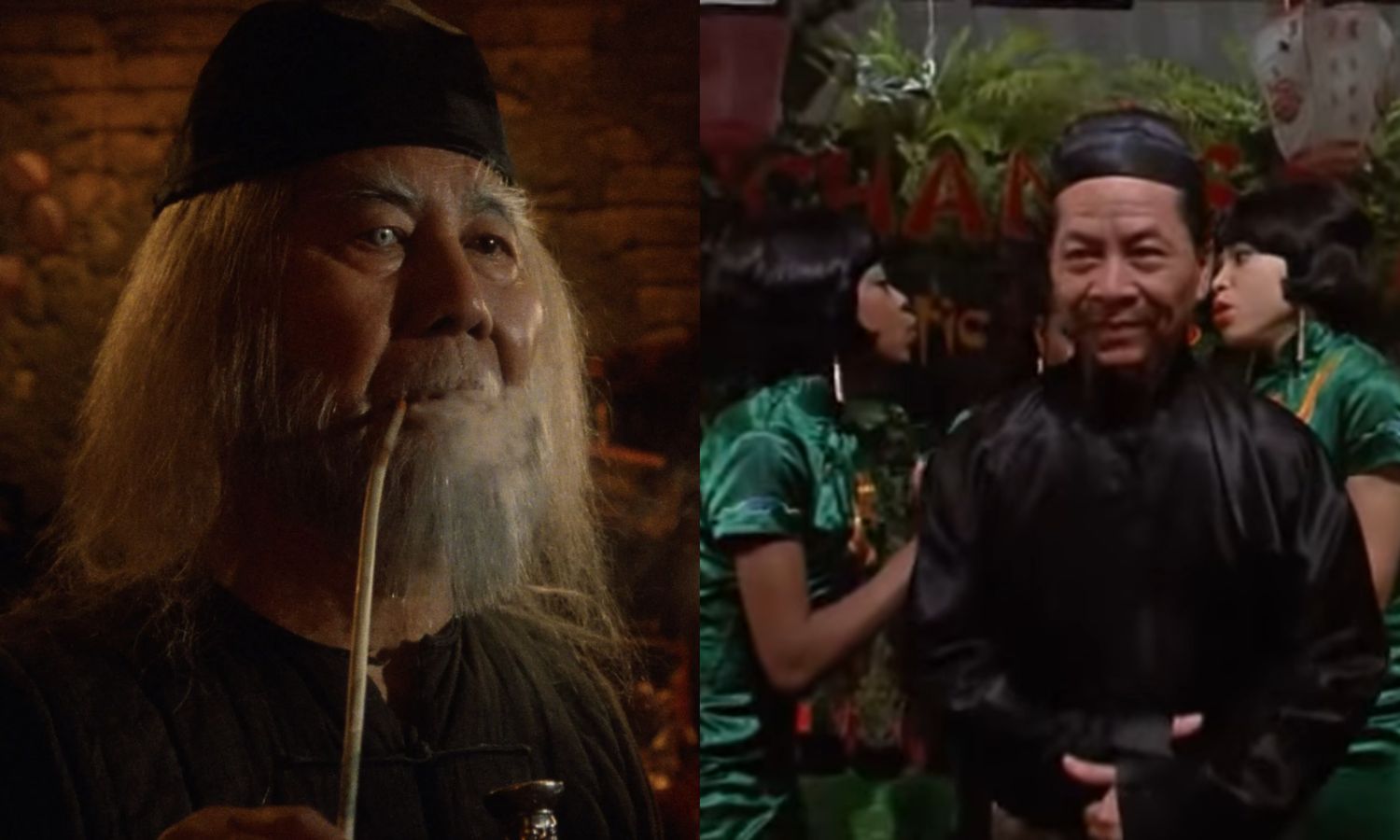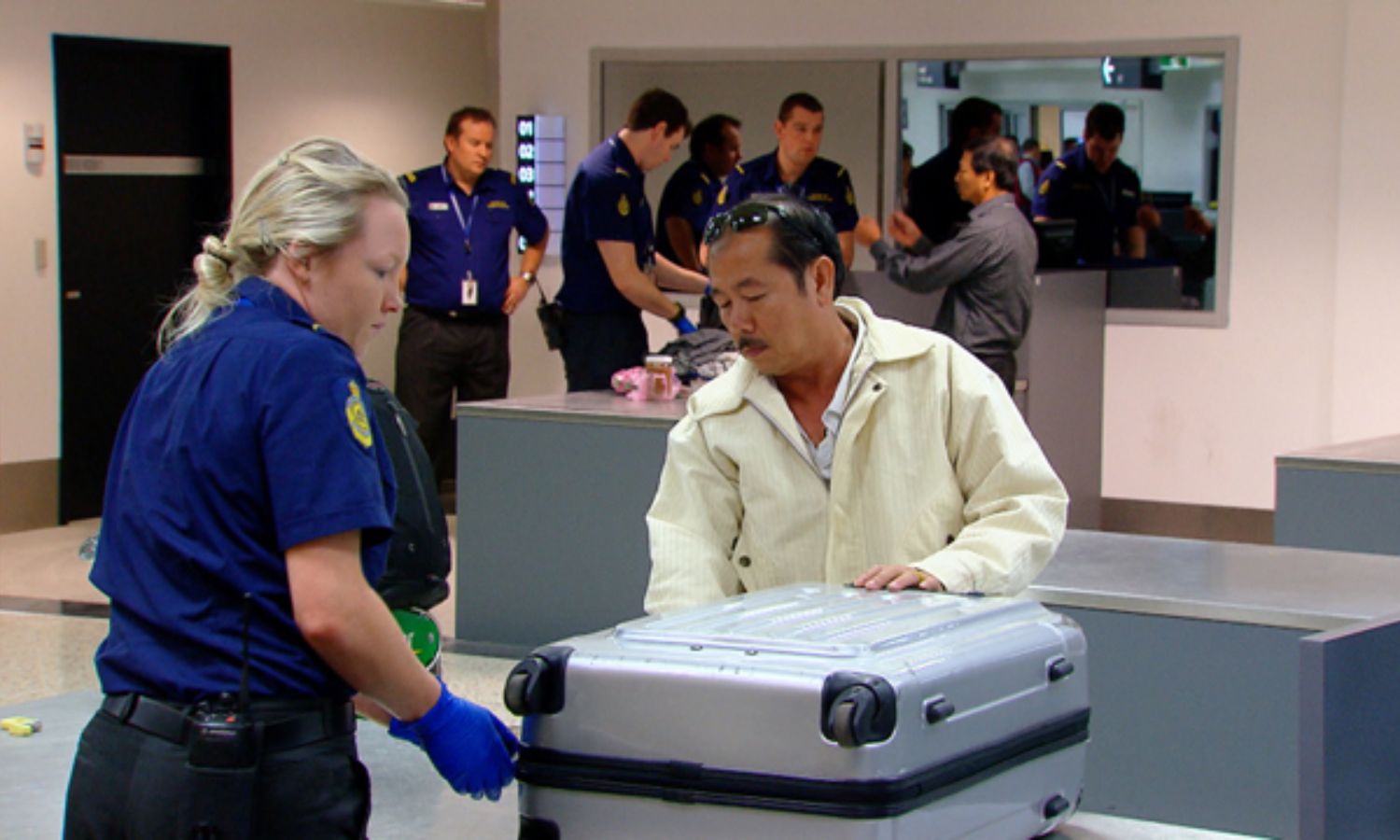It has all the makings of the next great investigative podcast: a quiet country town, simmering familial relations, and the sudden deaths of three people in mysterious circumstances. There’s little wonder why the Leongtha mushroom poisoning case has gone global.
We don’t have all the facts. Online sleuths have been pouring over news reports and picking apart statements, but nothing conclusive has been proven, making this case incredibly fertile ground for intrigue.
At the centre of it all is Erin Patterson, now known as the ‘mushroom lady’, who has become an international prime suspect. Her mother and father-in-law, Don and Gail Patterson, alongside Gail’s sister, Heather Wilkinson, died after eating what is believed to be a beef wellington at Erin’s house on 29 July. Gail’s husband, Ian, was left in a critical condition following the meal that was suspected to contain toxic mushrooms.
Reports on Erin and the incident have made the top-read list on the BBC news site, Aljazeera, and CNN. For a town with a population of 5,800, it’s a lot to deal with. For a woman who has potentially lost three people close to her, the pressure is unimaginable.
Mushroom poisoning cases often make headlines when the outcome is fatal. Each year, there are around 70 hospitalisations involving the consumption of wild mushrooms in Australia, but people rarely die. The last time mushrooms were at the heart of a major news story was following the deaths of two people at a New Year’s Eve dinner party in Canberra in 2012.
That deaths are rare, however, doesn’t stop authorities, particularly in the ACT where poisonous mushrooms are more common, from putting out warnings each season not to eat wild mushrooms.

The mysterious fungi pop out of the ground for a few months a year as the weather gets colder and wetter and then disappear for another nine months or so. Anglo-Australians typically don’t touch them, preferring to get their buttons and portabellos — which are the same mushroom — from Woolies or Coles. Recent European arrivals, particularly those from Eastern Europe and Russia, pile into the forests each year to harvest what the white folks won’t touch.
It’s not an accident that certain cultures are drawn to mushrooms while others are repelled by them. European and Asian cultures have often been vilified for their culinary practices and discrimination on the basis of diet is a staple in nationalist dogma. Mushrooms, with their ability to kill, heal, and sustain represent the ultimate in mystical orientalist fear.
On the present case, the story of Lindy Chamberlain ought to serve as a pressing reminder that jumping to conclusions can have dire consequences. Instead, it’s worth focusing on the cultural context that has helped to spiral this case into a potential global murder mystery.
Death Caps and Mycophobia
Mushrooms represent a line by which cultures can be divided. They are either mycophillic, mushroom-loving, or mycophobic, mushroom-fearing.
Some of the choicest mushrooms can’t be grown — they have to be found and picked from their environment, where they play a vital role in a complex ecological network. Cultures that have experienced periods of starvation and have had to go into nature to find food tend to fall into the mycophilic category. Cultures that relied more on agriculture, like early Germanic ones, seem to view mushrooms as a blight and, as they became more industrialised, something to fear.
This divide is not an insignificant one, as association with the maligned and potentially dangerous mushroom has long fed xenophobia and othering.
The mushrooms at the centre of this case are Amanita phalloides, otherwise known as the death cap. It’s the most feared mushroom in the world, responsible for 90% of mushroom poisoning deaths worldwide and filled with α-Amanitin, the most lethal of the amatoxins. A mouthful, or a few at most, is enough to kill a human through irreversible destruction of the liver. They are indeed worth respecting, but present little risk when proper understanding and care are taken.

Death caps are the mushroom that most foragers are taught to look out for. They grow in symbiosis with oak trees and, while it’s said they are often confused for edible ‘paddy straw’ mushrooms used in Asian cuisine, the two mushrooms exist in very different habitats. The 2012 Canberra poisoning was thought to be a result of mistaken identity, but there are few other incidents reported of fatal confusion between these two species.
Although there are well over 14,000 species of fungi that produce mushrooms above ground, 98% of what is produced in Australia is a single species, Agaricus bisporus. While Australia has had waves of immigration from mycophilic cultures since its inception, we’ve still clung to the familiar when it comes to fungi.
In the wake of these deaths, as with the warnings that come each year from other poisonings, Australians are being urged once again not to eat food they find in the forest.
“Never eat wild mushrooms in Australia; they can cause serious illness and occasionally death,” the NSW Poisons website reads.
Mushroom foragers are now being forced to defend their practices while agricultural bodies appear to be capitalising on the opportunity. The Australian Mushroom Grower’s Association (AMGA) recently released a statement encouraging the average person to steer clear of the forests and the fields.
“Wild foraging is extremely dangerous unless you are with a qualified mycologist (a fungi specialist),” the AMGA said.
“(We) recommend consumers purchase Australian-grown mushrooms through retailers or suitable farmers markets”.

Entrenching the fear of fungi risks further alienation from the natural world. Ecologists have long urged interest in the world under our feet — of which mushrooms make up around 30% — and believe they are key to tempering our destruction of the planet. If we understand and appreciate the mushroom and their interconnected roles, we understand and appreciate the world a little more. The backlash sparked by the Leongtha case is indicative that mycophobia is still deeply entrenched in our society.
An Anonymous Asian Grocery Store
Much like the writers of virtually every kooky 80s comedy with a mystical element — like Gremlins or Little Shop of Horrors — Asian carelessness or greed has been identified as the source of the tragedy.
It has been reported that Patterson told investigators where she had bought the mushrooms at an Asian grocery store in Mount Waverly, Eastern Melbourne. Although she couldn’t identify the shop, Department of Health Officials later sent her photos of packets of mushrooms, presumably being sold at Asian grocery stores in Melbourne, with handwritten labels. She said these were similar to the ones she had brought.

The unverified claim has been splashed across the media. The fact that the root cause of this tragic mix-up is an anonymous Asian person — and that this narrative is understandable to Australians — is not surprising given the treatment of Asian immigrants in our cultural past and present.
Much like imported hardwoods brought foreign mushrooms to Australia, white settlers carried racist ‘Yellow Peril’ dogma from Europe where it fed genocidal and eugenicist thinking. An influx of Chinese migrants during the gold rush era sparked hostility and suspicion among white settlers, leading to race riots in the gold fields. Government legislation in various states was soon brought in to curb Asian migration, eventually leading to the White Australia policy that restricted non-white arrivals.
Things have of course improved since then, but undercurrent beliefs of Asian people as worthy of suspicion frequently spill over. The rise of racial attacks on people of Asian descent during the COVID-19 pandemic is a recent example.
Patterson might be telling the truth about the source of the mushrooms, but the reference attempts a simple explanation of the case based on prejudice.
The narrative it relies upon is that Asian people eat weird food and they don’t care about social convention. Perceptions like this are reinforced by low-key propaganda shows like Border Security: Australia’s Front Line, in which Asian people are frequently revealed to be carrying suitcases of exotic and forbidden culinary goods into Australia.

The underlying cultural understanding being reinforced here, echoing Yellow Peril and Orientalist concepts, is that Asian people are sneaky and pretend not to understand the rules. Of course, the heroes on Border Security always correct this social injustice with a hefty fine and public shaming.
Perhaps we’ll see a similar admonishing on a this will play out in the public domain, but perhaps not. If Asian grocers really were selling handpicked, hand-labelled mushrooms containing death caps, there would already have been a nationwide panic on the scale of the needles in the strawberries incident.
Many of the dried mushrooms sold in Asian grocery stores, like this one, or this one, come from China, where they are grown on farms. Contamination with wild, oak-tree-loving European death caps seems unlikely, particularly as China is far and away the world’s largest producer and consumer of mushrooms. They know what they’re doing when it comes to fungi.
If the mushrooms were picked in the wild, they would have to have been done so locally by a highly unskilled forager with the brazen confidence to sell them to the public. Given there are few gourmet look-alike species that grow in Australia near death caps, particularly ones used in Asian cooking, this also seems unlikely.
The truth about the Leongtha case will eventually come to light. What the past few weeks have shown us, however, is that tired tropes and a reliance upon fear-based thinking is never far below the surface in Australia.
Related: How to Forage for Mushrooms in Australia Without Dying
Related: Finding Food In the Forest: How a Pandemic Sparked New Interest In Mushrooms
Read more stories from The Latch and subscribe to our email newsletter.







